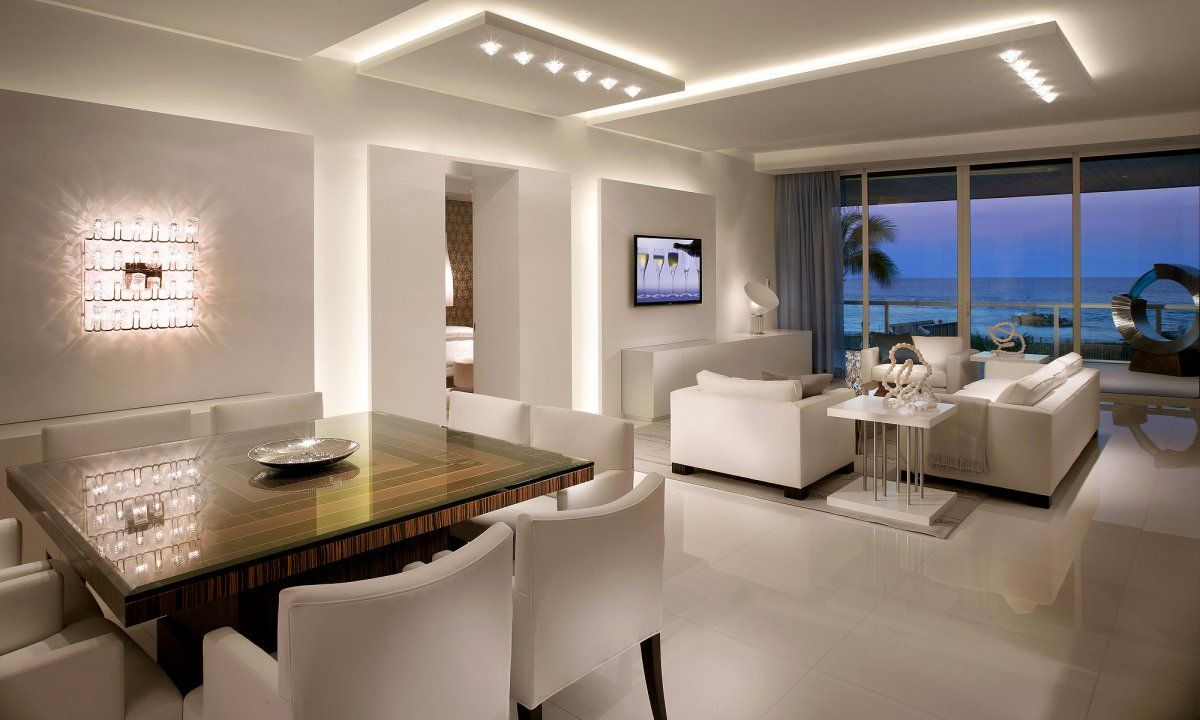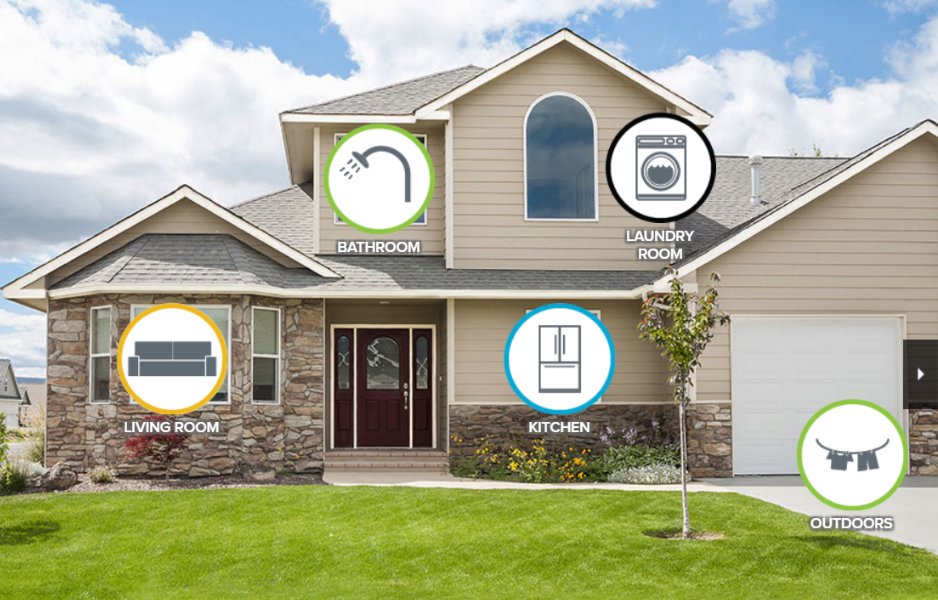Solid-state lighting – also known as LEDs and OLEDs – is the most promising and potentially impactful energy-efficient technology in production and development, according to the EPA. They predict that solid-state lighting will readily become twice as efficient as fluorescent lighting and ten times more efficient than traditional incandescent lighting, reducing the need for electricity by an estimated 33% – 50%.
LED lighting is quickly becoming more commercially integrated – meaning that you have been seeing it used in more applications, products, and in residential and commercial construction. This is an intentional push by the Department of Energy and associated businesses to switch consumer and industry reliance from traditional sources of lighting to more energy-efficient sources.
All this information is great news for the nation and, generally speaking, for the world as a whole, but how can it help you personally? Read on to discover the economic benefits of switching to LED lighting and, by the end of this article, you will have the science-backed knowledge to start saving money on your annual electricity costs.
LEDs Last Longer – Purchase Less Bulbs
According to the U.S. Department of Energy, the average residential LED lightbulb will last twenty-five times longer than a standard incandescent bulb. The difference is actually pretty staggering when you examine the metrics. Most incandescent lightbulbs last on average for 1000 hours. This means that the average residential LED bulb lasts for 25,000 hours!
Let’s do some math – you will need to purchase 25 incandescent lightbulbs during the time that one LED light would last, which, if left on non-stop for the duration of its life span, is 2.85 years. Considering the average LED light costs $8 or less, and the average incandescent bulb costs $1 dollar, then for every single LED bulb you purchase ($8), you’d need to spend $21 on incandescent lightbulbs to match the lifespan of one LED light.
Now consider that the average American home has 45 lightbulb fixtures – that is $360 spent on LEDs versus $945 spent on incandescents in the average American home over the course of the lifespan of one LED light.
More Energy-Efficient – Save on Your Electricity Bill
On average, an LED bulb will use 75% less energy than a standard incandescent bulb. If we use the lifespan of an LED bulb as a constant again, the energy costs to power a single incandescent bulb for 25,000 hours is $180. Comparably, an LED bulb will only cost $30.
This leads to incredible savings over time – especially depending upon your energy usage. If you live closer to the poles, then, depending upon the time of year, natural light is very scarce. You may need to power lightbulbs for longer than average. However, you do not have to live in Alaska to save money annually by switching to LED lightbulbs.
Consider Targeted Switching
You do not have to switch out every bulb right away to start financially benefiting from this new technology. You should first switch over those bulbs which see the heaviest use. There are obvious rooms to target first – like kitchens and bathrooms, but there are also less obvious fixtures.
Consider switching exterior lights, like garage lights and porch lights. Also, think about first replacing the bulbs in those hard-to-reach fixtures with LED lights. This way, you will not have to think about changing them very often.
Make the Switch!
You now have the knowledge to begin saving annually on your electric bill and it is as simple as replacing the lightbulbs in your home. In addition to the financial benefits, you will also be reducing your carbon footprint and joining the green wave. Look toward the future and save money while you do so!
Jennifer Bell is a freelance writer, blogger, dog-enthusiast and avid beachgoer operating out of Southern New Jersey. She writes on behalf of ZLED Lighting.






